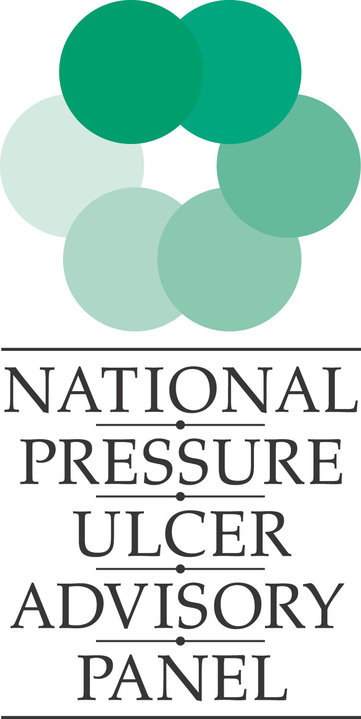Have you or a loved one had a pressure injury or pressure ulcer? Do you or a loved one work to prevent pressure injuries or pressure ulcers?
If you answered “yes” to either of these questions, you are invited to participate in an international survey. Pressure injuries are a type of wound, also called pressure ulcers, pressure sores, bed sores, bed ulcers, or decubitus ulcers. A pressure injury occurs for many reasons but often happen when someone is left lying in one position for too long. Three international organizations are currently revising the clinical guidelines on pressure injury/ulcer prevention and treatment and are seeking to incorporate the “voice of the patient.” The organizations are the National Pressure Ulcer Advisory Panel (NPUAP), European Pressure Ulcer Advisory Panel (EPUAP) and Pan Pacific Pressure Injury Alliance (PPPIA). Fourteen Associate Organizations are assisting in this effort.
The book Prevention and Treatment of Pressure Ulcers/Injuries: Clinical Practice Guideline is being updated by international organizations dedicated to improving patient care. This book teaches nurses, doctors, and other carers about pressure injuries/ulcers. The book is used across the world in hospitals and clinics. Please share your knowledge, preferences and values.
• To find more about the guideline, visit http://internationalguideline.com
• To take the consumer survey, click: http://internationalguideline.com/consumers The survey takes 5-10 minutes to complete. It is available in English, German, French, Mandarin, Arabic, Korean, Japanese, Portuguese and Thai or as a paper copy in English.
The ethical aspects of this research have been approved by the ANU Human Research Ethics Committee (Protocol 2018/66). In addition, a waiver has been granted by the US Department of Veterans Affairs Institutional Review Board (IRB). If you have problems or complaints about this survey, please refer to the survey website for full information about risks, benefits, and confidentiality.
To learn more about how to prevent pressure ulcers, click here.








